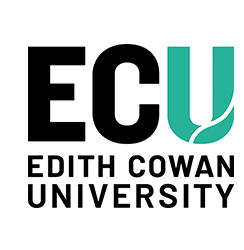Author Identifier (ORCID)
Manujaya W. Jayamanna Mohottige: https://orcid.org/0009-0009-8818-4054
Mitchell G. Nye-Wood: https://orcid.org/0000-0001-9560-9916
Angéla Juhász: https://orcid.org/0000-0002-4317-2027
Michelle L. Colgrave: https://orcid.org/0000-0002-4317-2027
Abstract
Marsupials give birth to immunologically naïve young after a relatively short gestation period compared to eutherians. Consequently, the joey significantly relies on maternal protection, which is the focus of the present review. The milk and the pouch environment are essential contributors to maternal protection for the healthy development of joeys. In this review, we discuss bioactive components found in the marsupial pouch and milk that form cornerstones of maternal protection. These bioactive components include immune cells, immunoglobulins, the s100 family of calcium-binding proteins, lysozymes, whey proteins, antimicrobial peptides and other immune proteins. Furthermore, we investigated the possibility of the presence of plurifunctional components in milk and pouches that are potentially bioactive. These compounds include caseins, vitamins and minerals, oligosaccharides, lipids, and microRNAs. Where applicable, this review addresses variability in bioactive components during different phases of lactation, designed to fulfil the immunological needs of the growing pouch young. Yet there are numerous additional research opportunities to pursue, including uncovering novel bioactive components, investigating their mode of action, dynamics, stability, and ability to penetrate the gut epithelium ensuring systemic actions.
Document Type
Journal Article
Date of Publication
1-1-2024
PubMed ID
39551618
Publication Title
Nutrition Research Reviews
Publisher
Cambridge University Press
School
School of Science
RAS ID
77108
Funders
Australian Research Council
Grant Number
ARC Number : CE200100012
Creative Commons License

This work is licensed under a Creative Commons Attribution-Noncommercial-No Derivative Works 4.0 License.


Comments
Mohottige, M. W. J., Gardner, C. E., Nye-Wood, M. G., Farquharson, K. A., Juhász, A., Belov, K., ... & Colgrave, M. L. Bioactive components in the marsupial pouch and milk. Nutrition Research Reviews. Advance online publication. https://doi.org/10.1017/S0954422424000313